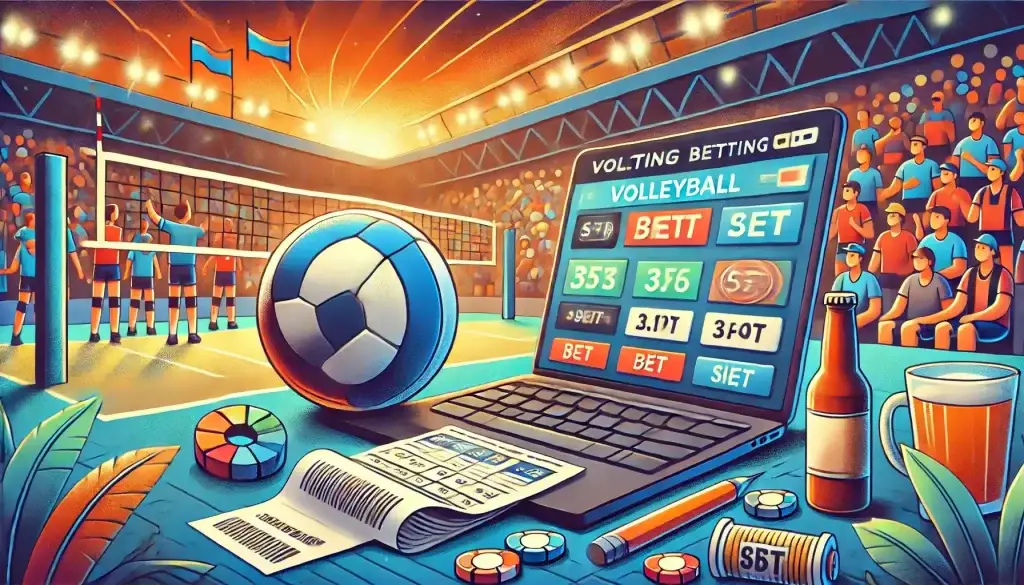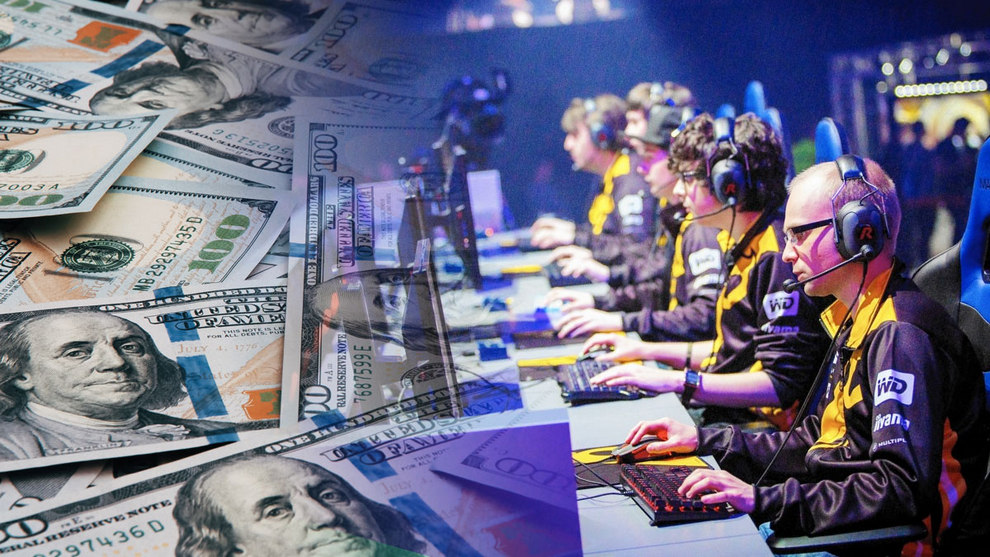Betting is no longer a grey area. The financial sector has recognised it as part of the industry, and governments see it as a source of tax revenue. The answer to the question of which countries have legalised sports betting requires a systematic approach: one must examine the legal environment, the licensing model, the control methods and the role of bookmakers in the economy. Legalisation does not mean chaos – on the contrary, clear regulation protects users and guarantees transparency.
In which European countries is sports betting legal and how does it work?
The countries of the European Union set an example by issuing licences and controlling betting at the state level. The United Kingdom is a model: a national commission regulates every aspect, including deposit limits, identification requirements and bans on certain types of advertising.
Germany has introduced a federal system with a clear limit on the number of licences. Spain has opted for an autonomous model – each region regulates the market according to its own conditions. France has imposed a multi-component tax on operators and introduced mandatory investments in the sector. In any case, the question of which countries have legal sports betting depends on the existence of a licence and the transparency of the procedures.
USA and Canada: legalisation by the Supreme Court and the provinces
 The federal ban in the United States was lifted by a Supreme Court decision, after which the states began to open up the market on a massive scale. New Jersey, Nevada, and Pennsylvania granted licences to the largest international companies and launched platforms with geolocation and tax reporting.
The federal ban in the United States was lifted by a Supreme Court decision, after which the states began to open up the market on a massive scale. New Jersey, Nevada, and Pennsylvania granted licences to the largest international companies and launched platforms with geolocation and tax reporting.

Canada has distributed responsibilities among the provinces. Ontario created a regulatory authority, while British Columbia left the monopoly in the hands of state operators. Regulation in North America is based on transparency, control of cash flows and integration with banks. The question of which countries allow sports betting is decided locally – laws differ not only from state to state, but also depending on the type of platform.
CIS and post-Soviet space: In which countries is sports betting legal?
The CIS regions represent a multi-level system with partial legalisation of sports betting. Russia has introduced a centralised model: all licensed bookmakers are required to go through a tax payment gateway, use settlement centres and apply a player identification system.
Ukraine has passed a law regulating gambling, introduced a licence register and established fiscal regulations. Some countries have refrained from full legalisation and only retained control over offline locations. Kazakhstan has introduced a licence for the online format and restricted access to foreign platforms.
Asia and offshore countries: contradictions, grey areas and loopholes
Many Asian countries officially prohibit sports betting but allow operators to operate in special zones. Macau operates with a licence, while Singapore has created a closed list of platforms. The Philippines has legalised the industry under the control of the tax authorities.

Offshore countries such as Curaçao, Antigua and Malta have their own system. Companies are licensed, pay fixed fees, but do not comply with the local regulations of the countries in which they broadcast. This complicates the regulation of sports betting: national players operate on foreign platforms without protection against fraud and without profit guarantees.
The main models of legal regulation
Countries take different approaches. There is no uniform standard. Some states use a monopoly, others a free market. The licence can be issued by a national regulatory authority, an industry authority or an independent commission. The tax system varies: from a percentage of income to a fixed fee on each transaction.
Which countries allow sports betting depends on:
- The form of ownership of the operator (state/private).
- The licensing model (open/restricted).
- Access channels (online/offline).
- Control of payment flows.
- Degree of player protection.
- Rules for advertising and marketing.
- Options for self-exclusion from the account.
- Support for responsible gaming.
These criteria determine the degree of transparency and security in the industry.
Player protection and fraud prevention
Regulated markets require bookmakers to verify identities, set limits and keep transaction records. These mechanisms minimise fraud, restrict the participation of minors and ensure control of cash flow. Player protection is ensured through the platform interface: the ability to block accounts, set time restrictions and exclude certain events. In countries with a developed legal system, access to help is provided via hotlines, online chats and consultations with psychologists.
Countries with a legal betting system:
- United Kingdom – open model, licences via the UKGC, control of limits.
- Germany – limited number of licences, strict betting limits.
- France – state control, high taxes, licence from the ARJEL.
- Spain – regional authorities, open market.
- Italy – licences from the AAMS, comprehensive taxation.
- USA – regulation by the states, independent commissions.
- Canada – provincial model, state support.
- Russia – national platform, mandatory identification.
- Ukraine – market under the control of the commission, development of the online segment.
- Kazakhstan – licensing requirement, sales tax.
- Philippines – international licences, offshore structure.
- Malta – hub for European operators, tax breaks.
- Curaçao – offshore model, simplified regulation.
In which countries are sports betting legal: conclusions
 The betting market no longer exists in secret. Modern states view betting as an economic sector rather than a source of problems. Clear regulation protects consumers, disciplines operators and strengthens the reputation of the entire industry. Legal platforms not only pay taxes, but also invest in sport, create jobs and develop digital services. Each state develops its own model, but the key lies in balance: freedom of choice, corporate responsibility and participation in control.
The betting market no longer exists in secret. Modern states view betting as an economic sector rather than a source of problems. Clear regulation protects consumers, disciplines operators and strengthens the reputation of the entire industry. Legal platforms not only pay taxes, but also invest in sport, create jobs and develop digital services. Each state develops its own model, but the key lies in balance: freedom of choice, corporate responsibility and participation in control.
 en
en  ru
ru  de
de  ar
ar  es
es  nl
nl  hi
hi  fr
fr  it
it  pt
pt  el
el 



